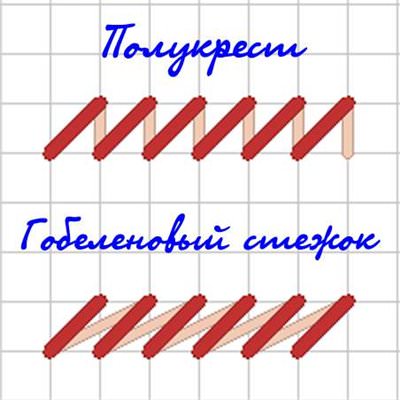
Embroidery Rococo basic techniques of performing seams (photo and video)
Content
rococo embroidery differs from other techniques simplicity of execution, as well as the opportunity to work with different materials and create three-dimensional works.
At the heart of the Rococo art is specificdecorative seam. The main reception is used naviv. The essence of it is this: the needle thread is twisted masters, and using the resulting curls produced exquisite patterns.
With this technology made to embroider beautiful flora representatives - proud roses and delightfully touching chamomile. An impressive addition to the drawing are nodules and berries.
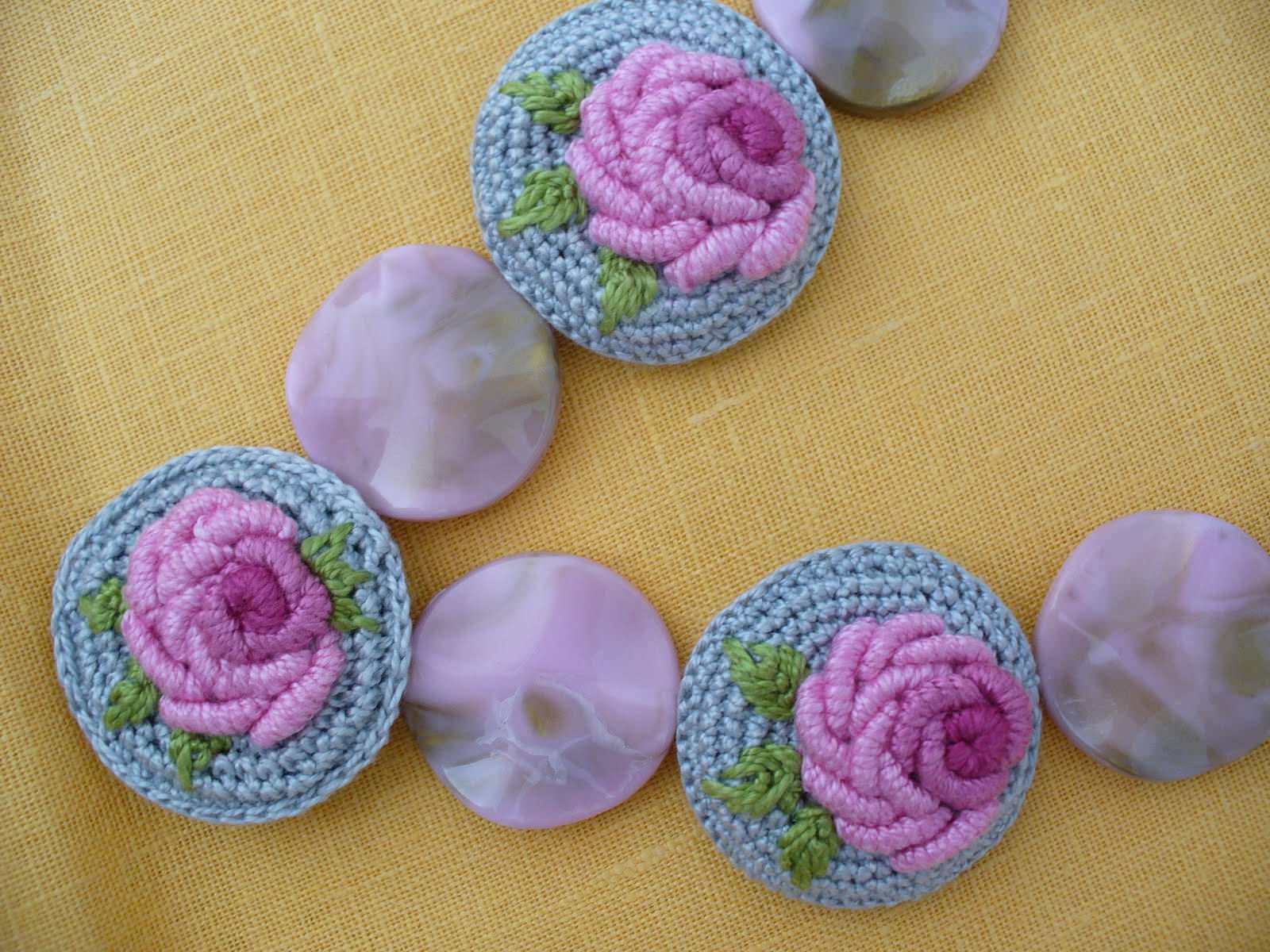
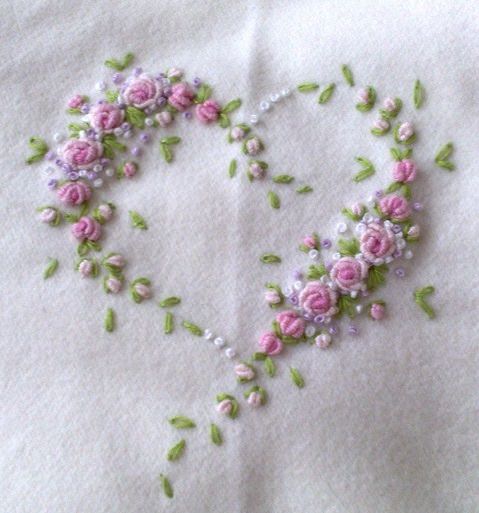
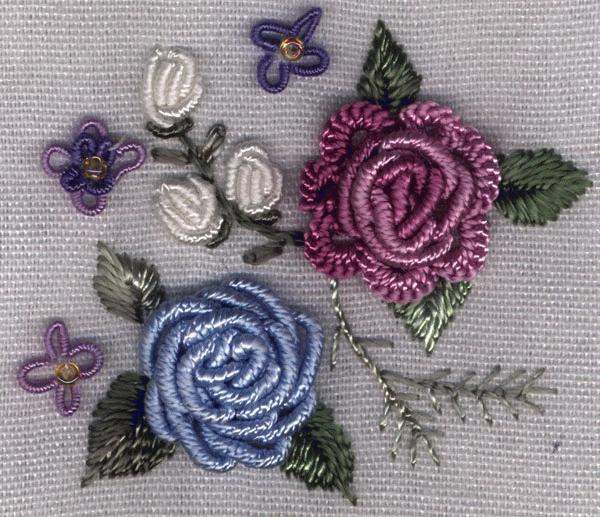
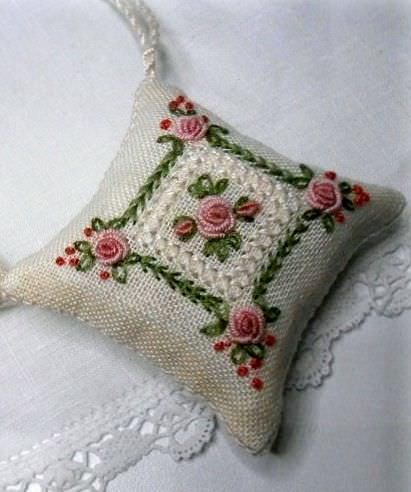
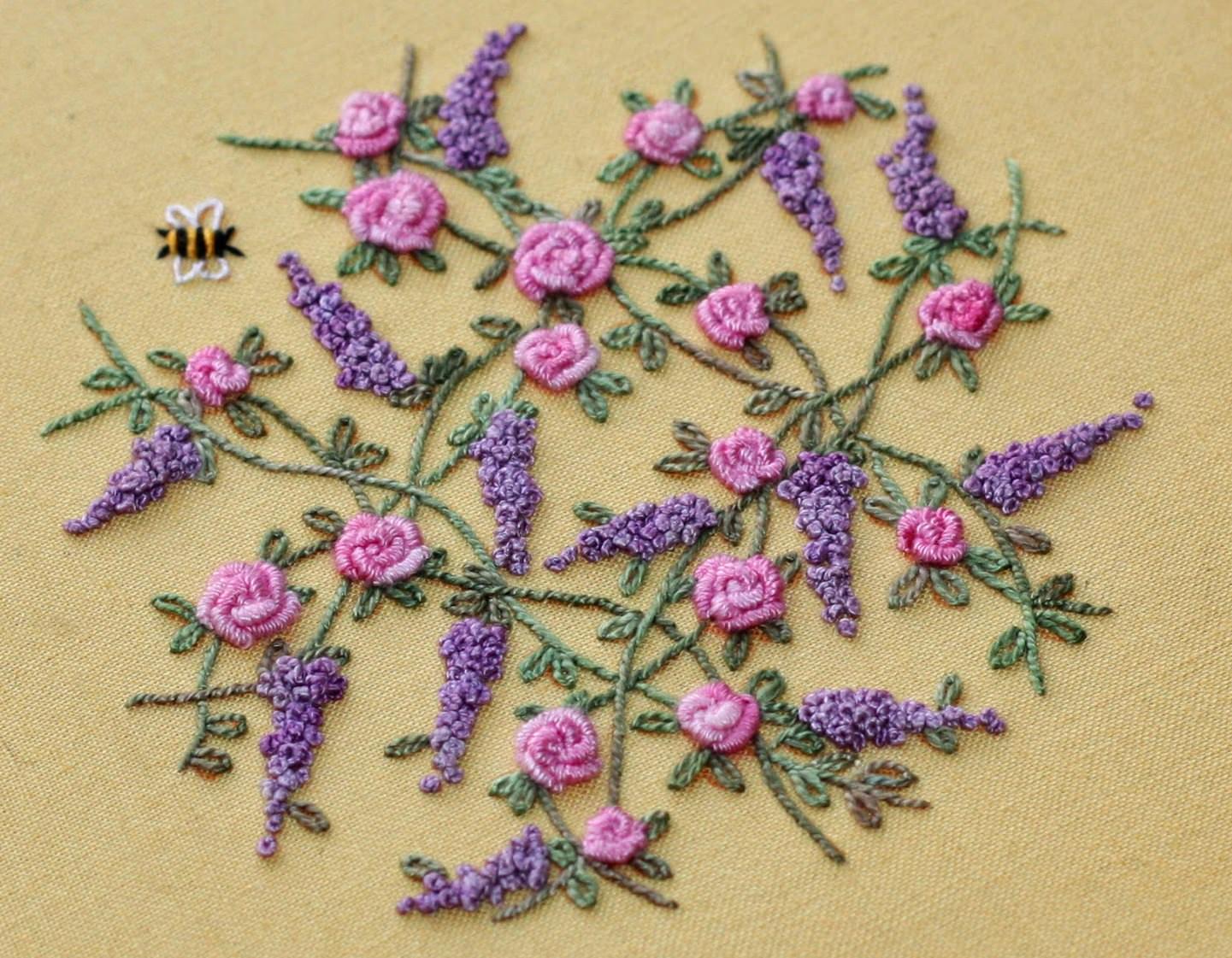
Fundamentals perform sutures technology
Today it is known three methods of embroidery Rococo:
- assembly;
- Collar;
- stitch.
node 
This method is performing pointwith the smallest stitch number navivov. "Chip" is as follows: stitch ends in the same place where it was launched. Make a "knot" is quite simple:
With rococo-knot you can fill Seredka flower you're working on.
Loop For this method is characterized by the implementation of a greater number of navivov evenly distributed to the yarn immediately before fixing. To do this, you must do the following manipulations:
With this joint out of your hands will be released on their wonderful embroidery and children's knitted things.
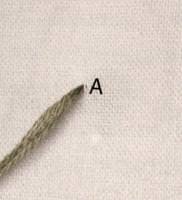
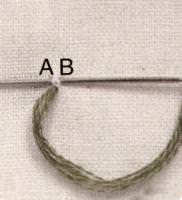
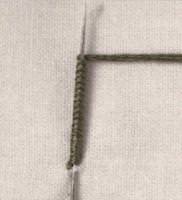
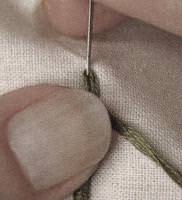

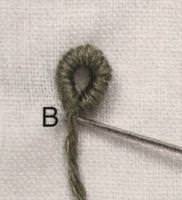

Stitch technique is quite simple: you will need to perform a "lock seam" curl, the length of which is equal to the distance between the "point" entry needle in the fabric and "point" going outside.
perform stitch
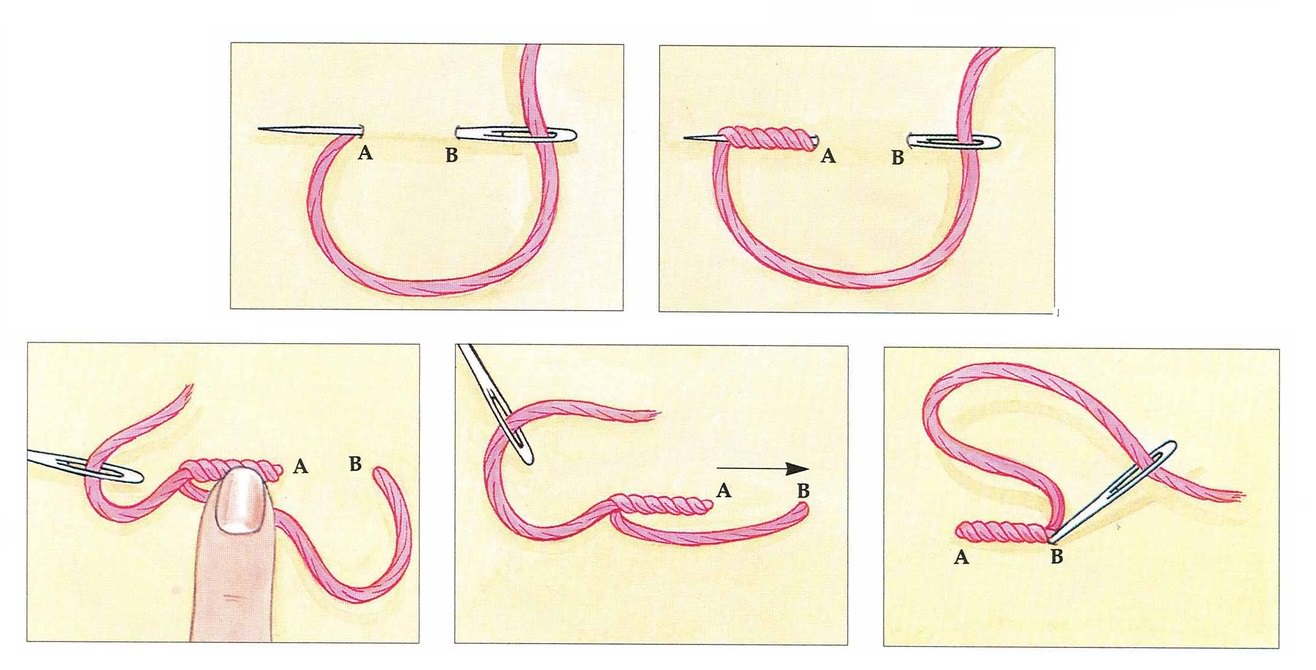
Stitch rokokoEsli you want to learn how to embroider in the technique of "Rococo", then you are advised to take into account all the nuances, which tells the master class for beginners.
So, first you have to learn the technique, which is performed on the seam:
Memo
The seam will turn much faster if you "arm" so-called needle milliner - a needle with a fine eye and a long stem. The diameter of the tool should be uniform, without strong thickening.
Performing the node 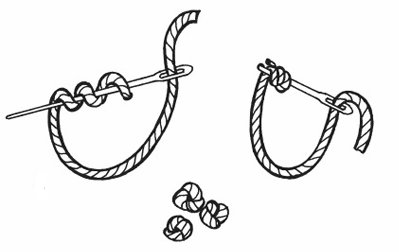
Lace, being used to fill in the middledaisies and roses, this technique is performed about the same scenario as the seam. For more information about minor differences, you will learn if you learn before the end of our workshop.
you'll need to create this element:
Performing spiral 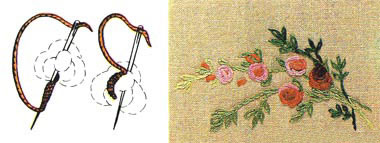
To accomplish this, the element you again need to follow simple tips offered by our workshop:
Several secrets
Your work will please not only you but also your family, if you "wound on the mustache" some of the subtleties, which recommends that the embroidery workshop.

Filament bundle (and flattened stitch) can be caused navivom clockwise;
With this simple embroidery can be easilydecorate the denim and knitted items for themselves, and for the younger generation. In addition, using this technique, you can do pretty and stylish design to the tablecloths and napkins.
Video: technique of embroidery Rococo

